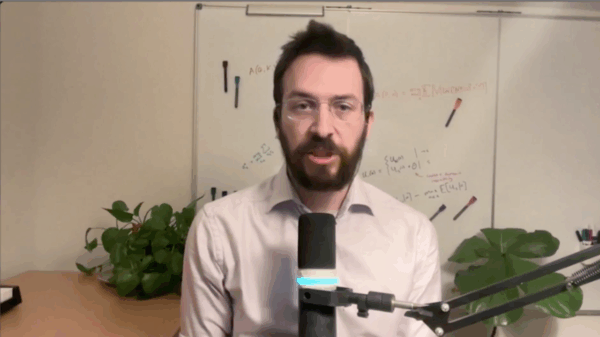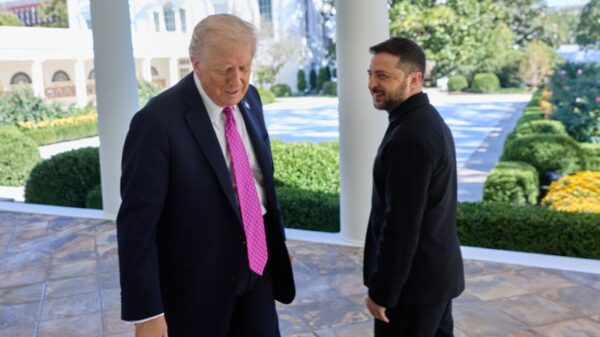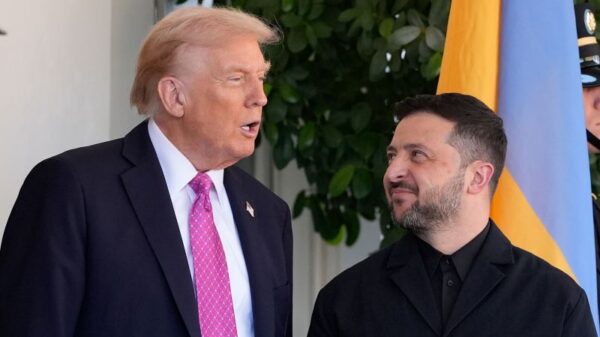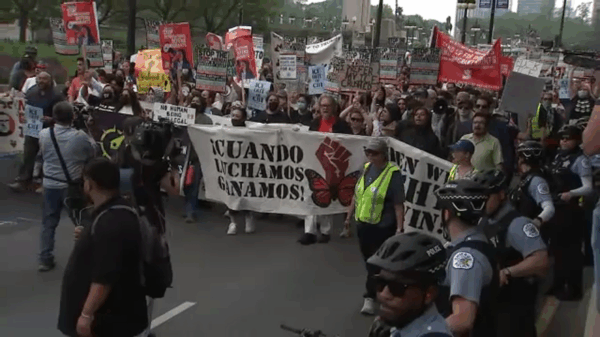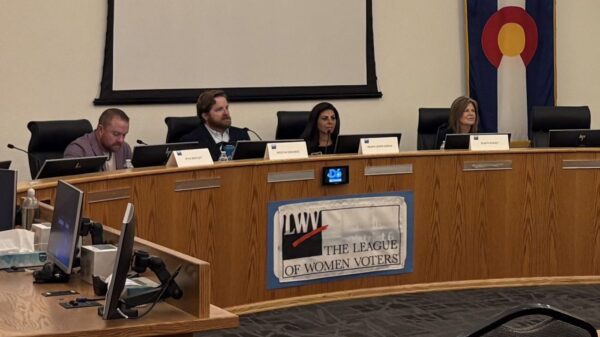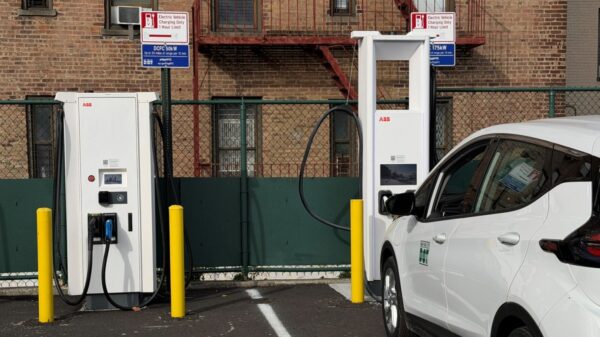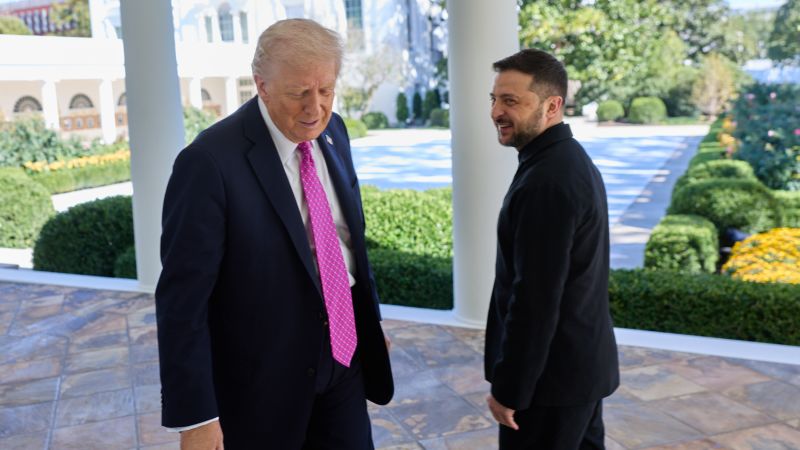Ukrainian President Volodymyr Zelensky left a recent meeting with former US President Donald Trump without securing the long-range Tomahawk missiles he sought for strikes on Russian targets. Following their discussion on March 15, 2024, Trump urged both Ukraine and Russia to cease hostilities and accept current battle lines. Zelensky had traveled to Washington with hopes of obtaining the missiles, which he believes could significantly disrupt the Kremlin’s war economy by enabling targeted strikes on critical oil and energy facilities within Russia.
During a working lunch at the White House, Trump expressed a desire for a resolution to the conflict that did not involve the Tomahawk missiles, stating, “We need that weapon.” He characterized the meeting as “productive,” but refrained from further comments regarding the missiles, indicating that the US administration is cautious about escalating tensions.
Hours after the meeting, Trump reiterated his call for an immediate end to the conflict. “You go by the battle line, wherever it is. Otherwise, it’s too complicated. You’ll never be able to figure it out,” he told reporters upon landing in West Palm Beach, Florida. He emphasized the need for both sides to return to their families and halt the violence, a message he claimed to have communicated to both Zelensky and Russian President Vladimir Putin.
This dialogue unfolded a day after Trump’s phone conversation with Putin, during which the Russian leader reportedly downplayed the potential impact of Tomahawk missiles on the battlefield. He argued that their deployment would likely harm US-Russian relations without altering the war’s dynamics.
Ukraine’s Need for Tomahawk Missiles
The Tomahawk missile system boasts a range that exceeds that of any weapon currently available to Ukraine, making it a strategic asset for the country. Despite Trump’s reluctance to commit to their delivery, he has not completely ruled out the possibility. Prior to their meeting, Zelensky suggested a potential exchange: “Ukraine has thousands of our production drones but we don’t have Tomahawks. They can have our thousands of drones; that’s where we can work together.”
In the aftermath of his discussions with Trump, Zelensky briefed European leaders virtually, reaffirming their “unwavering commitment to Ukraine in the face of ongoing Russian aggression.” He expressed confidence in Trump’s intentions to find a resolution, remarking on the former president’s success in managing Middle Eastern affairs.
While Trump did not provide a clear stance on whether Ukraine might need to concede territory as part of any peace agreement, his views on the issue have shifted. Previously, he indicated that “land swaps” might be necessary to end the conflict. More recently, he suggested that Ukraine could reclaim all territories currently under Russian occupation.
During his remarks, Trump acknowledged the possibility that Putin might be manipulating the situation to gain time for his military objectives. Nonetheless, he concluded, “I think that he wants to make a deal,” adding, “You know, I’ve been played all my life by the best of them, and I came out really well.”
The meeting at the White House highlights the complexities surrounding the ongoing conflict and the challenges in securing military support for Ukraine. As discussions continue, the international community remains focused on the implications of these negotiations for regional stability and security.

